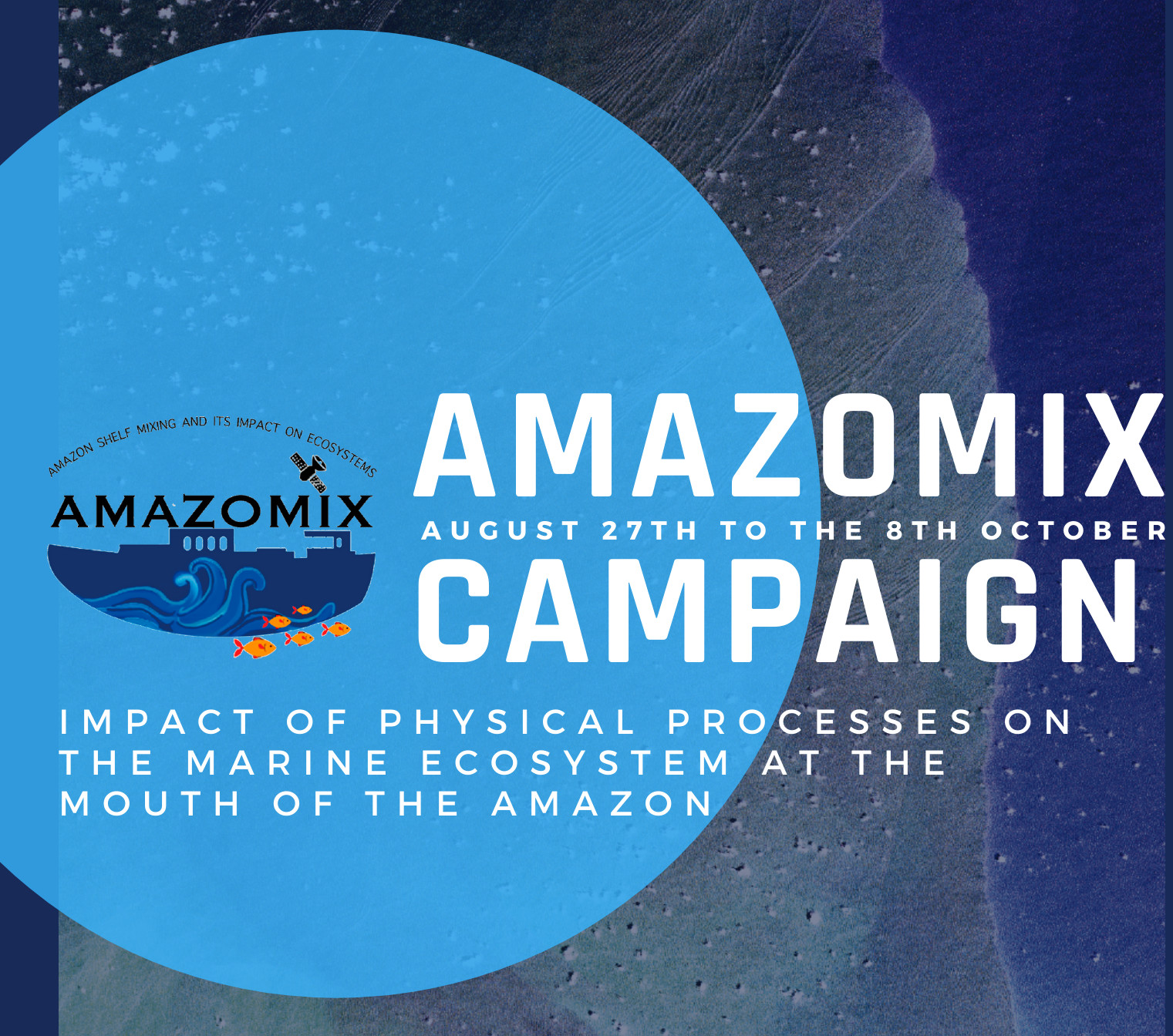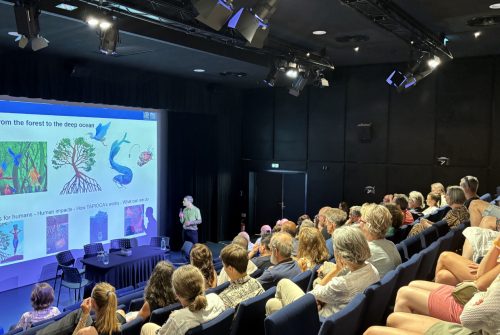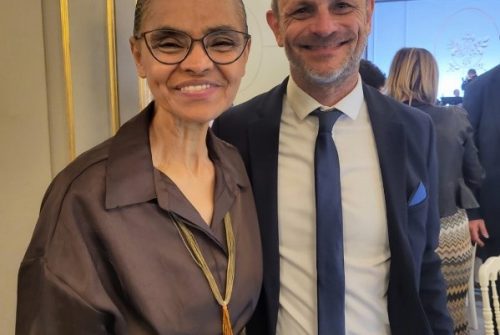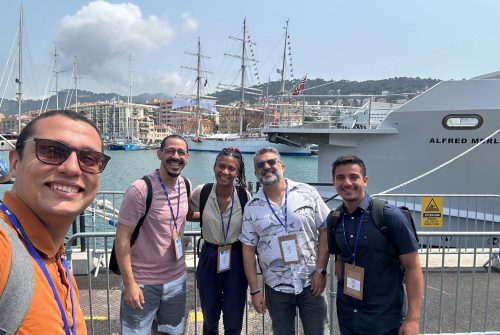
Entitled AMAZOMIX, this campaign will travel over the Amazonian shelf break and continental slope to study the impact of currents, the Amazon plume¹ and turbulent processes² on the structure and functioning of marine ecosystems from a physical, biogeochemical and biological point of view. The expedition will also trace the origin and distribution of pollutants, such as heavy metals and microplastics, and determine their role in the food chain.
What is the biodiversity at the mouth of the river? What is the influence of tidal waves on this ecosystem? For, if the Amazon brings a considerable load of water and sediments to the oceans, its mouth is little studied and many aspects remain to be discovered: biodiversity, from bacteria to predators, is poorly known; despite the turbidity of the waters, coral reefs are found in the area and the mechanisms at work have not been precisely identified; in addition to the impact of the Amazon, the effects of tides, that generate very energetic waves, and the consequences on the ecosystem are not properly described. The connectivity of species in the tropical Atlantic is not well understood: The Caribbean region is the most bio-diverse, and one of the hypotheses is that the Amazon plume, which can extend up to 3,000 km off the mouth, would constitute a barrier for some organisms.
To answer these questions, scientists from more than twenty disciplines in physics, biogeochemistry, and biology, led by Ariane Koch-Larrouy (UMR LEGOS) on land and Arnaud Bertrand (UMR MARBEC) at sea, will travel more than 6,000 km on the French vessel N/O ANTEA to collect data on abiotic – physical and chemical – and biotic compartments – from phytoplankton to large animals – using a wide range of tools (acoustics, optics, turbulence sensors, autonomous submarines, deep moorings, plankton nets and trawls, etc.). The biological samples will undergo numerous analyses (isotopic, genetic, etc.) and the concentration of pollutants, such as heavy metals or microplastics, will also be measured.
______________________________________________________________________________________________________________________
¹ Large volumes of fresh, turbid, nutrient-rich water of continental origin that are brought to the coastal strip. It is a place of high phytoplankton production that has beneficial effects on the entire food chain.
² Turbulent processes are the result of internal waves formed in the ocean; these movements lead to an irreversible mixing of waters and their properties. If turbulences are of the order of a few millimeters/centimeters, the currents that cause them concern scales of up to several thousand kilometers. These waves appear at the surface and propagate in the water column.Follow the expedition
Journalists, specialists or simply curious people can follow the campaign with the hashtag #AmazomixScience and by subscribing to the following pages and profiles
English | Twitter @umrMARBEC
French | Facebook @IRD – Délégation régionale Occitanie, and @MARine Biodiversity, Exploitation and Conservation – Marbec
Portuguese | Facebook @O IRD no Brasil , Instagram @lmi_tap and @bioimpact
Contacts
___________________________________________________________________________________________________________________
SCIENTISTS
IRD, European France | Ariane Koch Larrouy | Ariane.koch-larrouy@ird.fr
IRD, Brazil and French Guiana | Arnaud Bertrand | Tel. and Signal +33 750341786 | arnaud.bertrand@ird.fr
COMMUNICATION
IRD, Brazil Representation | Héloïse Benoit | heloise.benoit@ird.fr






